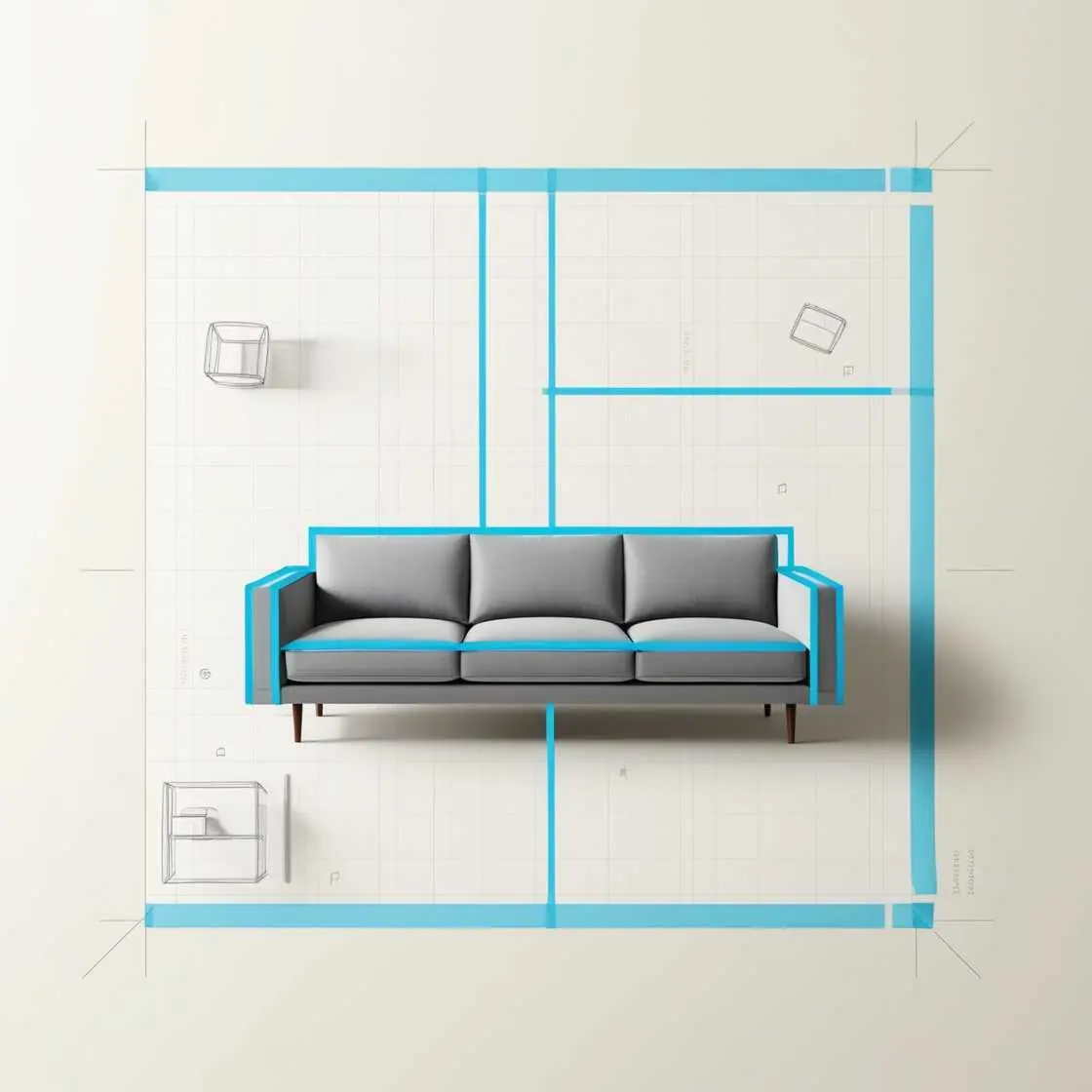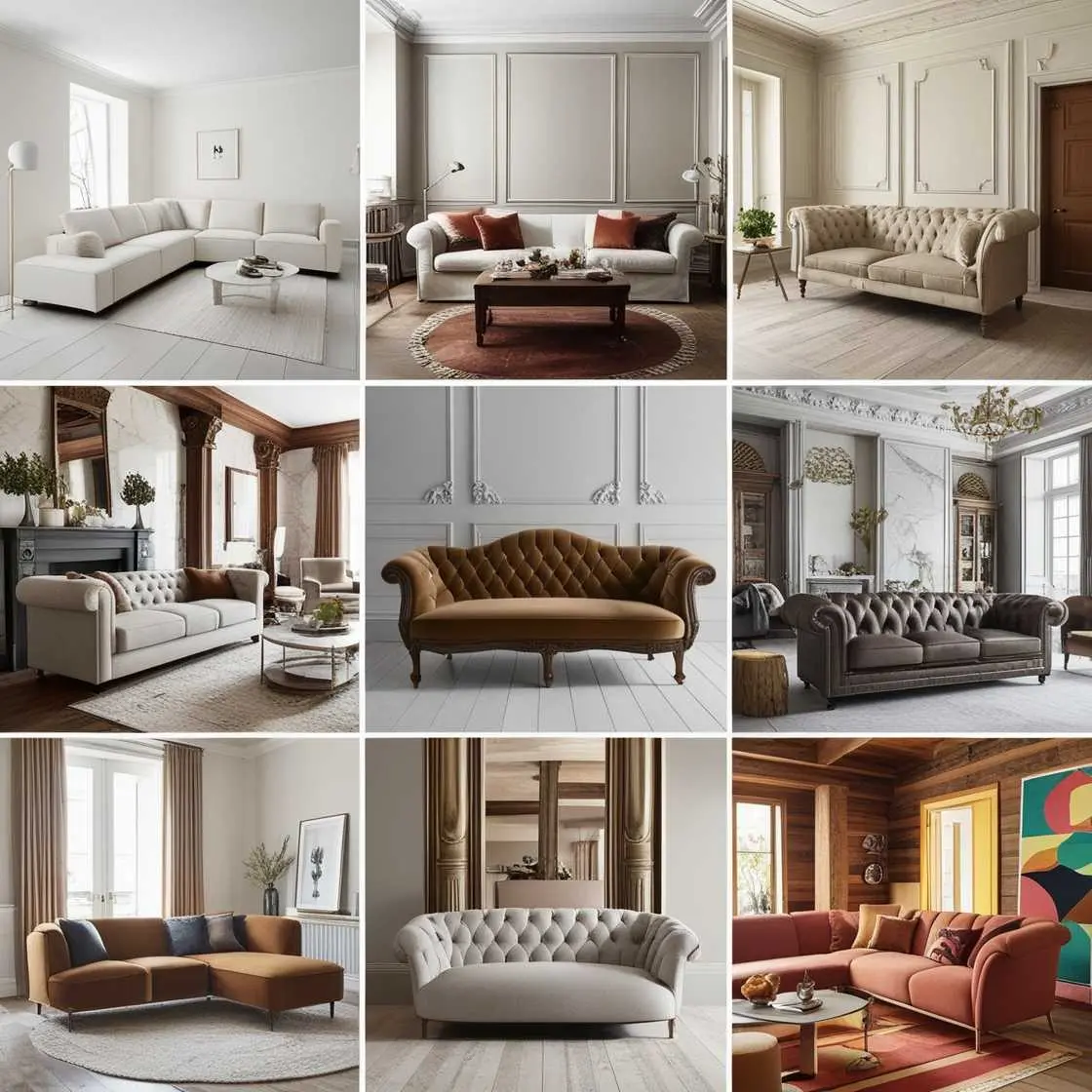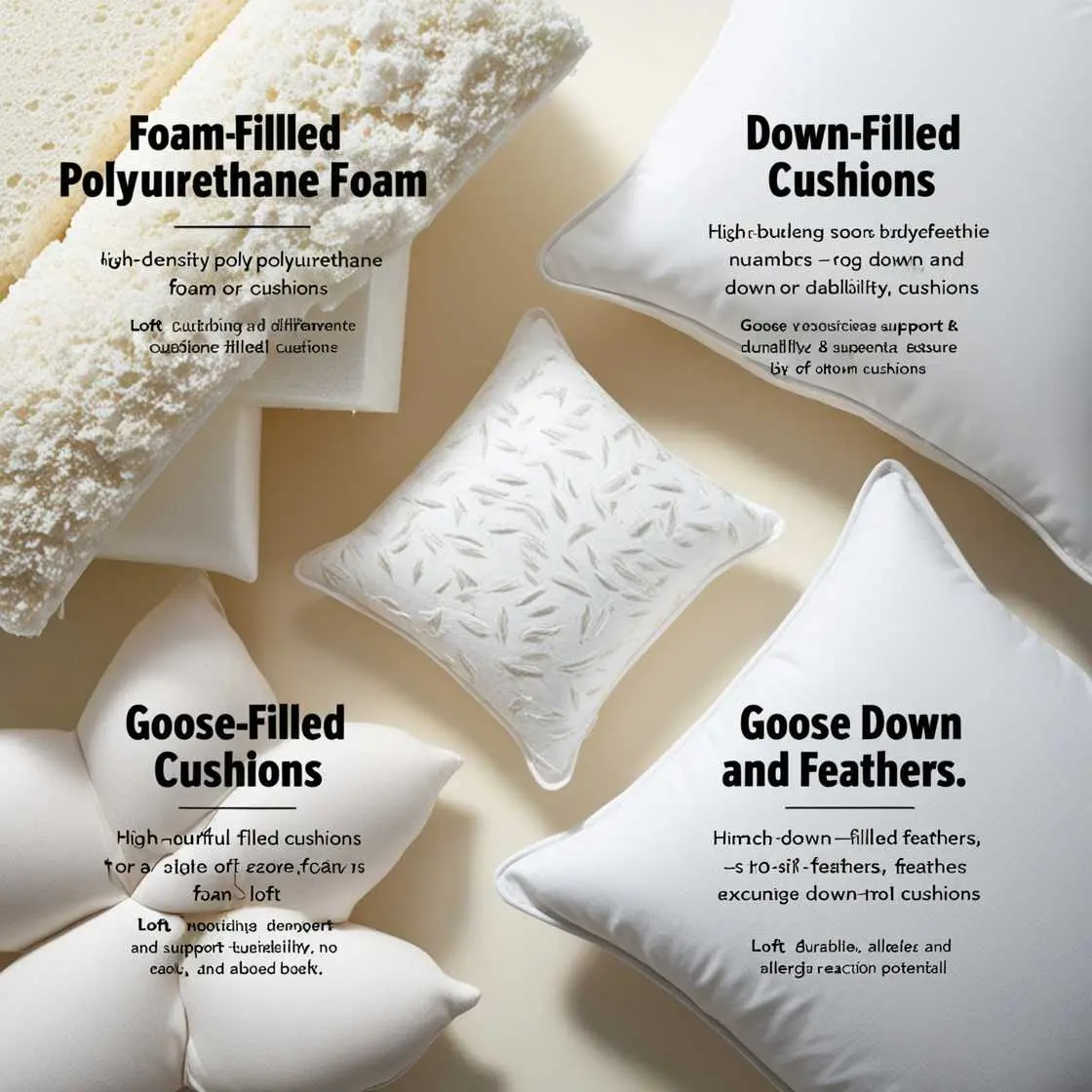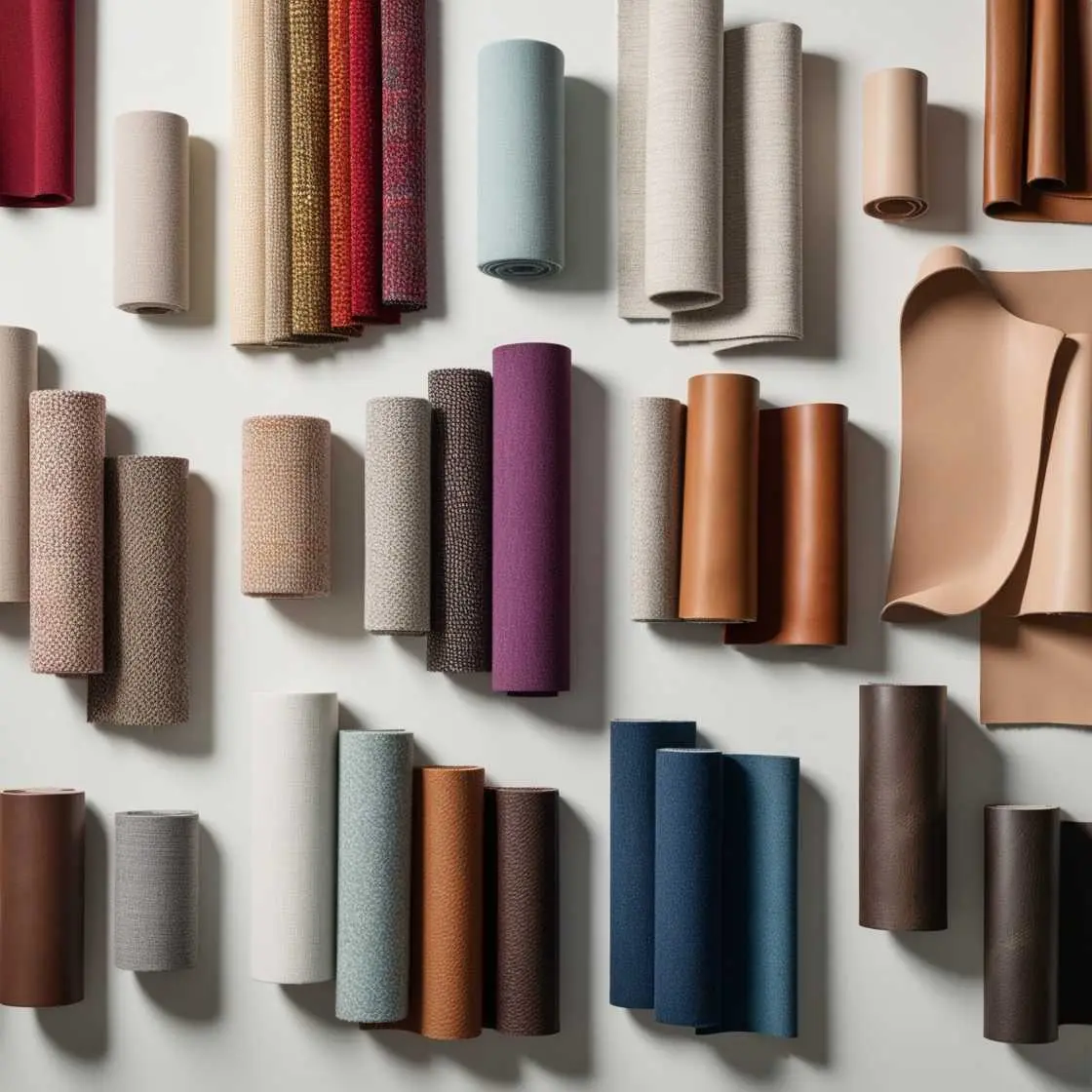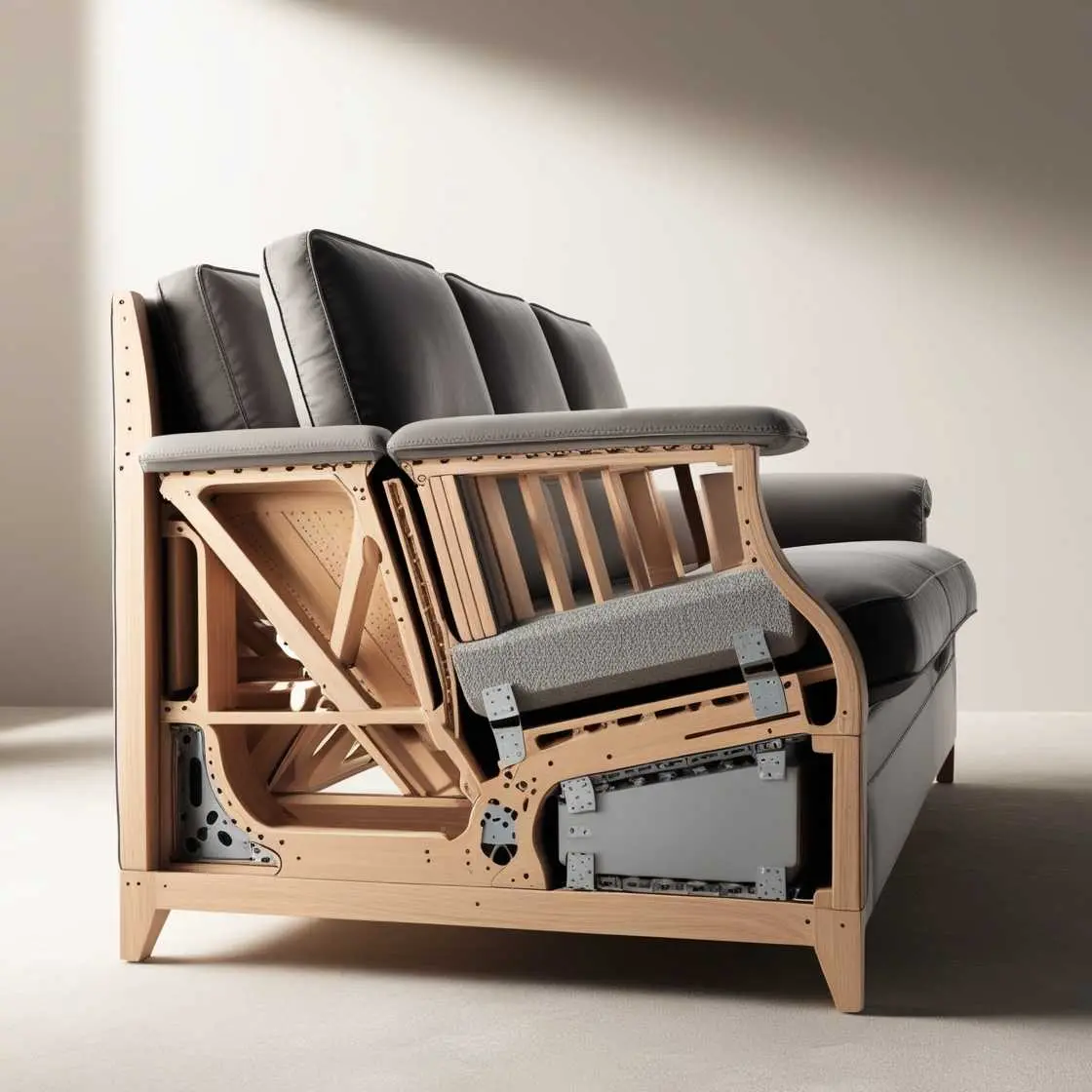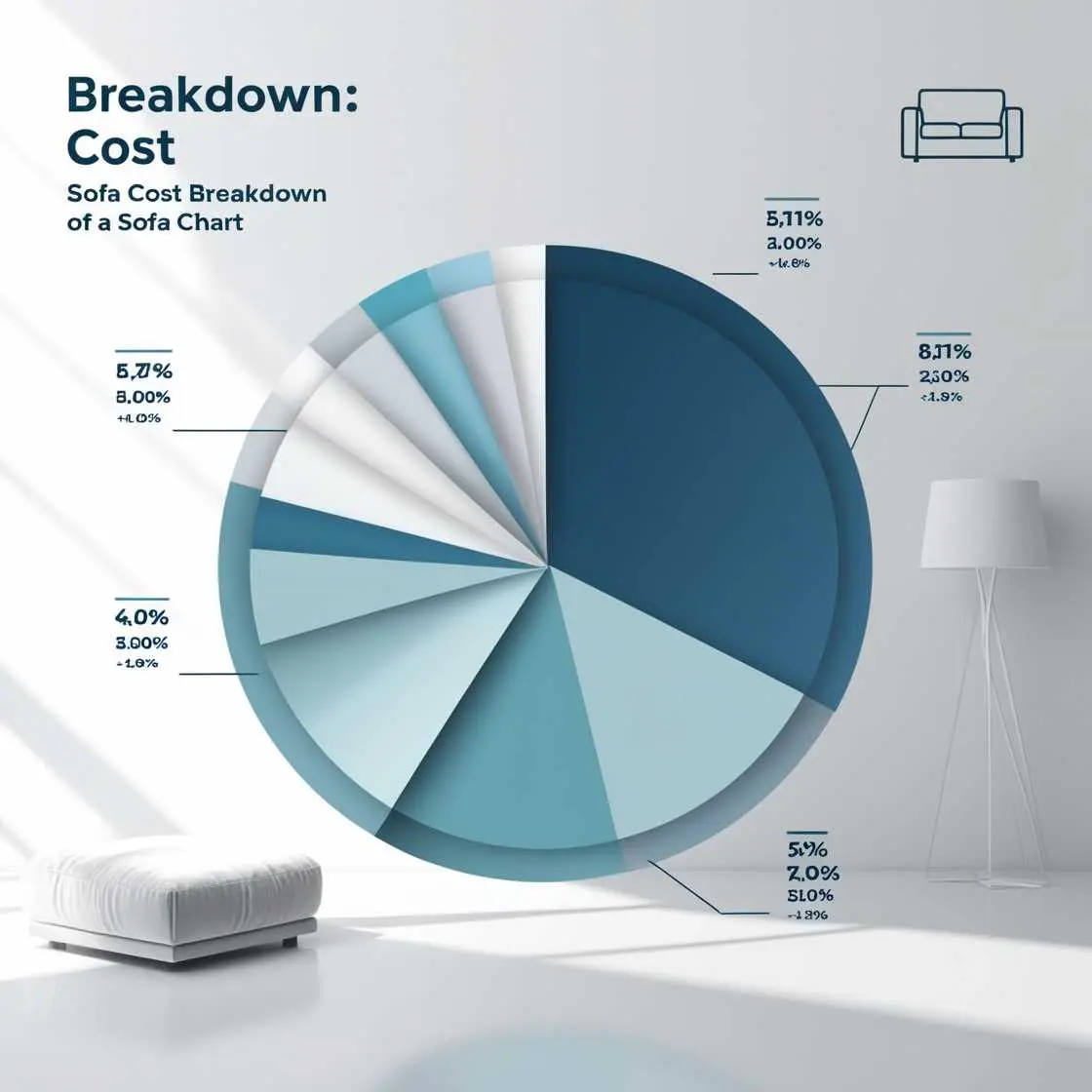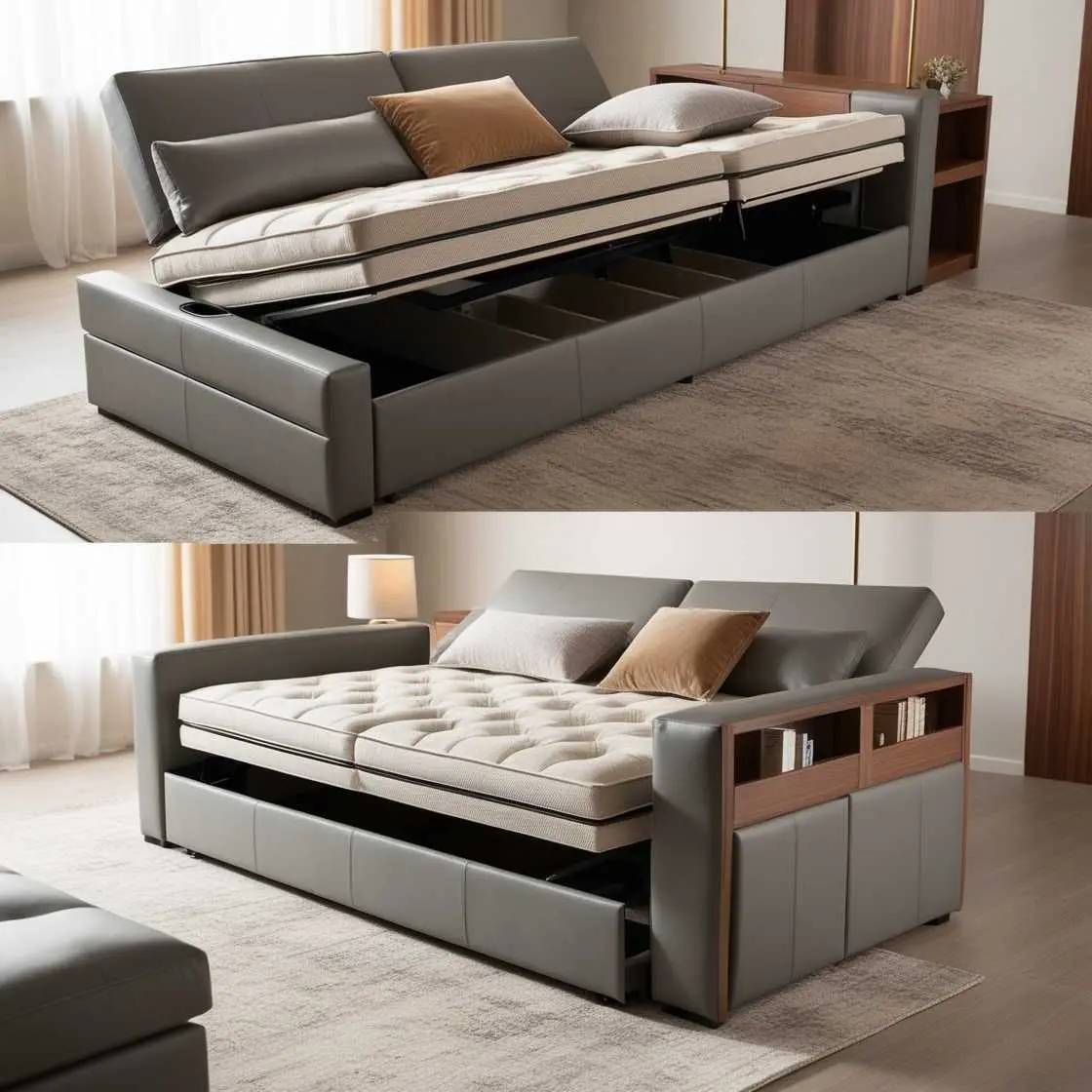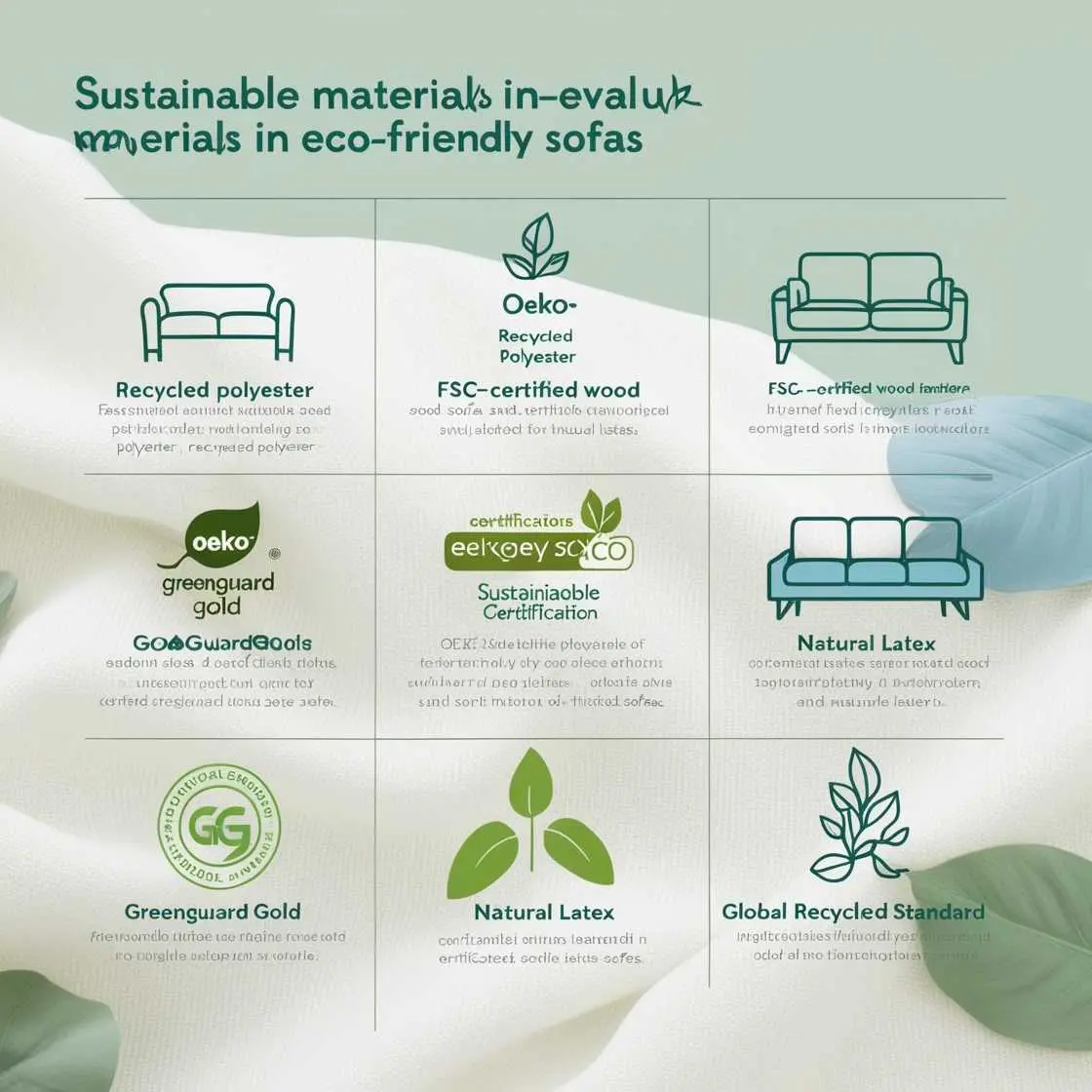A sofa is not just a piece of furniture—it’s often the centerpiece of your living room, the spot where family and friends gather, and where you relax after a long day. Whether you’re binge-watching your favorite show, hosting a get-together, or curling up with a book, your sofa needs to offer both comfort and style. But with so many options out there, choosing the right one can be overwhelming. This guide will walk you through the essential factors to consider—size, style, comfort, and more—so you can find the perfect sofa for your living space.
Contents
Measure Your Space
The first thing to consider when choosing a sofa is the size of your living room. A sofa that is too large will overwhelm the space, while one that’s too small can make the room feel empty. Before you even start browsing, measure your room carefully.
Importance of Size
Imagine buying a beautiful, plush sectional only to realize it doesn’t fit through your doorway or it completely overpowers your living room. Size is a crucial factor that can make or break your sofa decision. The right-sized sofa should complement your space, offering balance rather than dominating it.
Tips for Measuring:
- Measure the room dimensions: Use a tape measure to determine the length and width of your living room. Make sure to measure any doors or entryways the sofa will need to pass through as well.
- Plan for traffic flow: Ensure there’s enough room for people to walk around the sofa comfortably. You’ll want to leave at least 18 inches between the edge of the sofa and other furniture.
- Consider scale: If you have a small room, a large, bulky sofa might make the space feel cramped. On the other hand, if you have a spacious living room, a small loveseat might look out of place. It’s all about finding the right proportion.
Pro Tip: Use painter’s tape to outline the shape of your potential sofa on the floor. This will give you a visual representation of how much space the sofa will occupy.
Sofa Styles to Match Your Décor
Once you know the size of the sofa that will fit your space, the next step is choosing a style that complements your home’s décor. Sofas come in a wide range of designs, from sleek and modern to classic and traditional.
Popular Sofa Styles:
-
Sectional: These are perfect for larger rooms or households that need ample seating. Sectionals can be configured in different shapes, such as L-shaped or U-shaped, depending on your space and preferences. They’re ideal for lounging and accommodating guests.
-
Loveseat: A loveseat is a smaller sofa, usually designed for two people. It’s an excellent choice for smaller spaces, apartments, or as a complementary piece to a larger sofa.
-
Chesterfield: Known for its rolled arms and tufted back, the Chesterfield sofa is a timeless, elegant choice. It’s perfect for those who prefer a more traditional, sophisticated look.
-
Mid-century Modern: Featuring clean lines, tapered legs, and a minimalist aesthetic, this style has been popular since the 1950s. It works well in contemporary or eclectic spaces.
-
Sleeper Sofa: A versatile option for those who frequently host guests, sleeper sofas can transform into a bed when needed, offering comfort and functionality.
How to Choose a Style:
When choosing a sofa style, think about the overall design of your living room. Do you have a modern, minimalist space? A mid-century modern sofa with sleek lines might be the perfect fit. Or, if your home leans towards a more classic look, a Chesterfield might complement the décor beautifully. The key is to find a sofa that not only looks good but also fits the vibe of your home.
Comfort Is Key
A sofa might look stunning, but if it’s uncomfortable, it won’t get much use. Comfort is one of the most important factors to consider when choosing a sofa, especially if it’s going to be a central piece in your home.
What to Consider for Comfort:
-
Cushion Fill: The type of cushion filling can dramatically affect how comfortable your sofa feels. Sofas with foam cushions tend to offer firm support and retain their shape well, making them great for people who prefer a structured feel. Down-filled cushions, on the other hand, provide a softer, plush experience, though they may require more fluffing to maintain their shape.
-
Seat Depth: This refers to the distance from the front of the seat cushion to the back. If you like to sit upright, a shallower seat (around 21 inches) is ideal. However, if you enjoy lounging or stretching out, go for a deeper seat (around 24-28 inches).
-
Backrest Height: A low-back sofa gives a modern, sleek look, but it may not provide enough neck support for some people. If you prefer a more supportive design, opt for a high-back sofa that offers better back and neck comfort.
Testing for Comfort:
If possible, try out sofas in-store before making a purchase. Sit on them for a few minutes to get a feel for the cushion density, seat depth, and backrest support. Don’t be afraid to stretch out and imagine how the sofa will fit into your daily routine.
Upholstery Choices
The fabric or material of your sofa plays a huge role in both the aesthetics and functionality of the piece. Different fabrics have different textures, durability levels, and maintenance needs, so choose carefully based on your lifestyle.
Fabric vs. Leather:
-
Fabric: Sofas upholstered in fabric come in a wide variety of colors and textures, from soft cotton to durable polyester blends. Fabric sofas tend to feel warmer and cozier, making them ideal for families or more casual spaces.
-
Leather: Leather sofas offer a sleek, luxurious look and are easier to clean than fabric. They’re a great option if you have pets or kids since spills can be wiped away easily. However, leather can be more expensive and might require special care to prevent cracking or fading over time.
Durability and Maintenance:
Consider how the sofa will be used. If you have children or pets, opt for fabrics that are durable and stain-resistant, such as performance fabric or microfiber. Slipcovers are also a great option as they can be removed and washed.
Sofa Frame and Build Quality
A good-quality sofa should last you for years, which is why paying attention to the frame and construction is crucial. A well-made sofa not only offers more durability but also better support and comfort.
Frame Materials:
-
Hardwood: Sofas made with kiln-dried hardwood frames (such as oak or ash) are more durable and less likely to warp or crack over time.
-
Metal or Plywood: While more affordable, these materials are less sturdy than hardwood and may not last as long. However, they can still be a good option if you’re working with a limited budget.
Joinery Techniques:
Look for sofas with dowels, screws, or corner blocks in the joints. These construction methods are much stronger and more durable than cheaper alternatives that rely on glue or staples.
Budgeting for Your Sofa
Sofas come in a wide range of prices, so it’s important to know what to expect based on your budget.
Price Ranges:
-
Budget Sofas: You can find decent sofas under $500, though they may not last as long or offer as much comfort as higher-end options.
-
Mid-range Sofas: In the $500-$1500 range, you’ll find a good balance of quality, comfort, and style. These sofas often come with better frame construction and higher-quality upholstery.
-
High-end Sofas: Spending $2000 or more typically gets you luxury materials, custom designs, and superior build quality. These sofas are designed to last for years, if not decades.
What to Splurge on vs. Where to Save:
When budgeting, it’s worth spending more on the frame and upholstery quality, as these will directly affect the durability and comfort of your sofa. Save on accessories like throw pillows or trendy fabrics, which can be swapped out more easily than an entire sofa.
Additional Features to Consider
When choosing a sofa, you might also want to consider additional features that add functionality to your living room.
-
Customizability: Many furniture retailers offer customization options where you can choose the fabric, leg style, or cushion fill to suit your personal preferences.
-
Special Features: Some sofas come with built-in features such as reclining sections, pull-out beds, or hidden storage compartments. These are great options for small spaces or multifunctional living rooms.
Considerations:
- Storage: Built-in storage underneath the seat can be perfect for blankets, pillows, or other essentials.
- Recliners: A reclining sofa or sectional adds an element of comfort for those who enjoy lounging.
Sustainability and Eco-Friendly Options
In today’s world, more and more people are considering the environmental impact of their furniture purchases. If sustainability is important to you, there are several ways to ensure your new sofa is eco-friendly.
What to Look For:
-
Sustainable Materials: Opt for sofas made from responsibly sourced wood, recycled fabrics, or natural materials like organic cotton or wool.
-
Certifications: Look for sofas with certifications such as FSC (Forest Stewardship Council) for sustainable wood or GREENGUARD certification for low chemical emissions.
-
Ethical Manufacturing: Some companies prioritize eco-friendly production processes and fair labor practices. These may be more expensive, but they help reduce your carbon footprint.
Why It Matters:
Eco-friendly sofas not only benefit the environment but also contribute to better air quality in your home. Sofas made with non-toxic materials and low-VOC finishes release fewer harmful chemicals into the air, making your living space healthier.
Conclusion
Choosing the perfect sofa for your living room is about balancing style, comfort, and functionality. By considering factors such as size, sofa style, cushion fill, upholstery, sustainability, and your budget, you’ll be well on your way to finding a sofa that not only looks great but also feels like home. Now that you’re armed with this buying guide, it’s time to start shopping with confidence!


